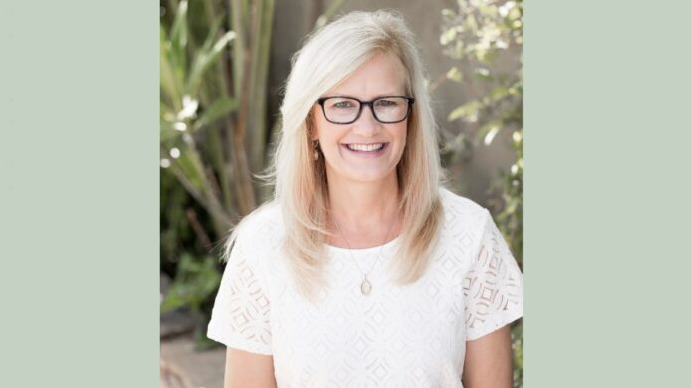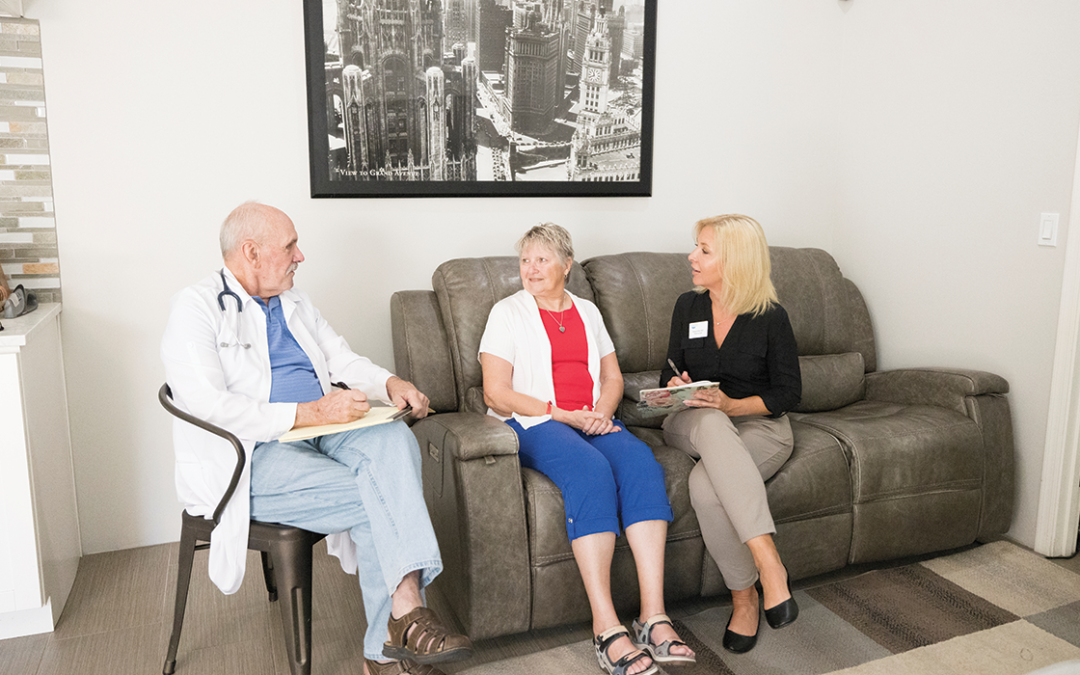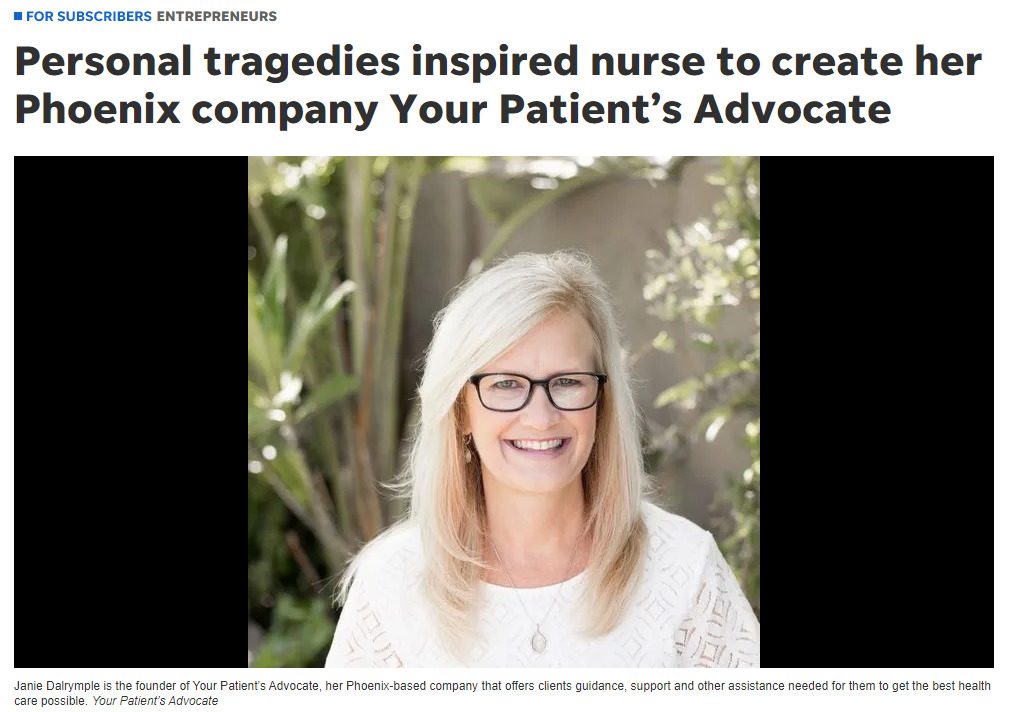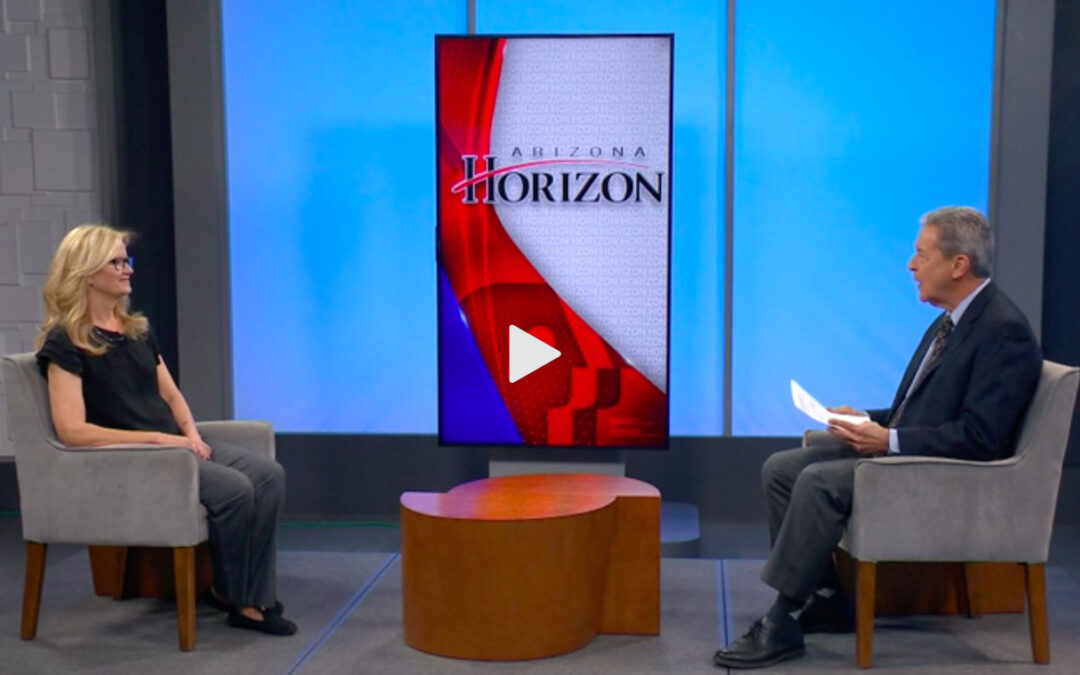“ALS is a life ending disease with no cure,” said Gaylene Farrell, a local ALS patient with Your Patient’s Advocate.
After being diagnosed in 2019, Farrell’s symptoms have progressed to include bilateral shoulder/arm, diaphragm weakness and shortness of breath. To help treat her ALS, she uses a daily cough assist, a non-invasive ventilator 16 hours a day, a rollator for walking and the medication, Relyvrio. She continues to stay engaged in various aspects of her life and makes sure to keep her sense of humor.
Within the United States, someone is diagnosed with ALS every 90 minutes. This accounts for approximately 5,000 people per year. May is National ALS Awareness Month and whether you were recently diagnosed or know someone with ALS, it is important to understand the disease and how it impacts the body.
ALS, also known as Lou Gehrig’s disease, is a progressive neurodegenerative disease that affects nerve cells – specifically motor neurons – in the brain and spinal cord. Motor neurons are the cells that communicate with the muscle to make it move. If these cells die, so does the ability to move a particular muscle. This can cause difficulty with breathing, swallowing and mobility and these symptoms continue to progress through one’s illness with this disease.
Unfortunately, there is no cure for ALS and the average life expectancy is two to five years after being diagnosed. However, there are treatments available that have been proven to slow the progression of this disease. FDA-approved treatments include Qalsody, Relyvrio, Radicava and Rilutek. In addition to ongoing care, symptom management can be expensive.
Limb onset and bulbar onset are the two basic forms of ALS. With limb onset, weakness occurs in a limb (arm, leg, finger and/or foot) and can progress over time to involve all limbs. This progression is slower for most individuals. In bulbar ALS, onset occurs in the breathing and swallowing muscles and progresses much faster.
“ALS takes away physical function, financial security and relationships,” said Farrell. “If you know someone who has ALS, make sure to not let the disease take away from spending time with the individual. The disease already takes so much from them and having support from loved ones and a medical team is key.”
The National ALS Association has many state chapters. Arizona has a chapter available to help people diagnosed with ALS. Once registered, patients then have access to free equipment loan closets, support groups and clinical teams to help them understand their symptoms as the disease progresses.
Your Patient’s Advocate has specifically trained nurses and respiratory therapists who can assist with navigating this disease and offering recommendations to improve quality and length of life. Our goal is to walk beside the client through their healthcare journey and assist with the education needed to live a full life while diagnosed. If you or a loved one is struggling with ALS, contact Your Patient’s Advocate to learn how you can receive guidance, support, and knowledge on your journey.
You can read the original article in the City Sun Times here or in the Queen Creek Sun Times.












